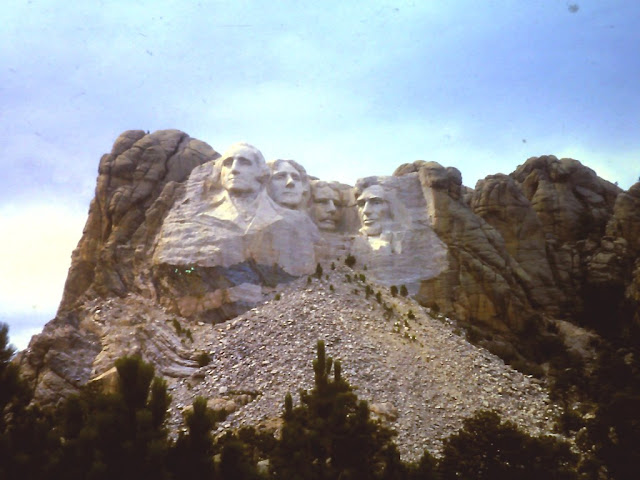In late September of 2001, my husband and I traveled to Malawi, Africa for a year of work in the Church of Central Africa Presbyterian. We lived in the capital city and learned to love the area, the people - and the animals. Less than a month later, we purchased a dog that we loved and cared for until his untimely death in 2009.
In August of 2002, we acquired the gift of this chicken! (She was an "honorarium" for my husband preaching in a village church of 8,000 members.)
She was an agile one and is pictured here on the back of our truck.
Obviously, she owned the garage.
One day, we noticed that we had a visitor. He was a rooster with an attitude.
We smiled at what we considered his "lack of beauty," never having had this sort of chicken back home on the farm in South Dakota.
He was proud. He strutted all over the garden area and beyond.
One day, our gardener, Mr. Masina, called us to look at our chicken! He had made a nest for her in the garage and she was making good use of it, all day, all night for several weeks.
We watched every day to see if our chicken would reappear with her brood, and sure enough, there she came, herding her precious babies around the bushes and watching out for any dogs or roosters.
Out of the four chicks, we noticed that two of them "took after" her and the other two "took after" the rooster!
Our neighbor, a friend, came over, saw the chicks and said, "That was my rooster that visited your chicken and the custom here is that the owner of the rooster gets half of the chicks!" We agreed to his claim and had a good laugh.
There was no question as to which two were his!




.jpg)










































